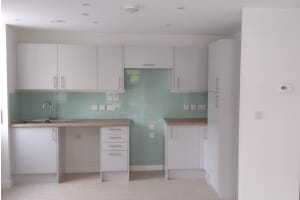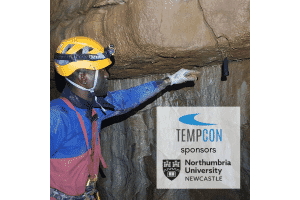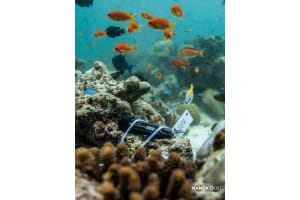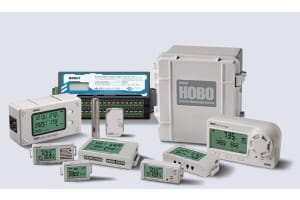
-
Posted: February 26, 2018Categories: ArticlesRead more »
Calibration is vitally important wherever measurements are important, it enables users and businesses to have confidence in the results that they monitor, record and subsequently control.
If you would like your equipment calibrated by our on-site lab, please contact us for a quote.
Calibration is the process of comparing a reading on one piece of equipment or system, with another piece of equipment that has been calibrated and referenced to a known set of parameters. The equipment used as a reference should itself be directly traceable to equipment that is calibrated according to ISO/IEC 17025.
ISO/IEC 17025 is the International Standard for the accreditation of Testing and Calibration Laboratories. It includes quality management system requirements along with technical requirements.
-
Posted: November 07, 2012Categories: ArticlesRead more »
It's always good to know why your customers demand specific services and products from you! So we asked some of our calibration customers why they felt calibration was so important and their reasons to calibrate.
Find out about Tempcon’s services >>here
A broad cross section of people means a broad cross section of reasons; if your reasons to calibrate your equipment aren't in the list, please let us know.
In no particular order, our customers believe calibration is essential because it...
1. Can Reduce Costs and Improve Profits
Properly calibrated equipment means less waste. Less waste means costs are kept down and margins aren’t negatively affected.2. Increases Production Yields
Correctly -
Posted: November 06, 2012Categories: ArticlesRead more »
Some of our customers tell us that they needed to explain the importance of calibration to other parts of their business. With this in mind, we've compiled 10 risks which make most successful organisations consider calibration as essential.
Find out about Tempcon’s calibration services.
1. Safety
This is particularly relevant when considering food preparation and storage. Equipment that is not calibrated correctly can lead to food being stored at inappropriate temperatures (Leading to bacterial growth) or inadequate cooking temperatures for high risk foods (Leading to Food Poisoning).2. Loss of Reputation
Bad news tends to circulate faster than good news and it doesn’t take long to damage a reputation that may have taken years to build. Corrective -
Posted: November 06, 2012Categories: ArticlesRead more »
Calibration is sometimes seen as an additional unnecessary cost to a business but in many cases it is vital for a business to trade legally and safely. Calibration and business go hand in hand.
Request a calibration quote from Tempcon >>here.
But what is Calibration? At its most basic, calibration is the process of comparing a reading on one piece of equipment or system, with another piece of equipment that has been calibrated and referenced to a known set of parameters. The equipment used as a reference should itself be directly traceable to equipment that is calibrated to a National Standard. The UK Standard being UKAS.
The more common measurements that are calibrated include: temperature, RH (relative humidity) Current, Pressure & Voltage, Relay
-
Posted: April 17, 2012Categories: ArticlesRead more »
We're frequently asked how you should check the accuracy of an infrared thermometer. As with any type of calibration, you need a reference point by which you can compare the thermometer. In this article we will explain how you can calibrate an infrared thermometer.
If you would like your equipment calibrated by Tempcon, please contact us for a quote.
We recommend 2 ways of achieving this:
- Crushed ice solution
- Comparator
Using a crushed ice solution is reasonably straightforward. Essentially you need to make a crushed ice and water mix that has a slurry consistency (This is to ensure that you are measuring a uniform temperature). Then by pointing the infrared thermometer (Ensuring the area being measured by the thermometer is only covering




